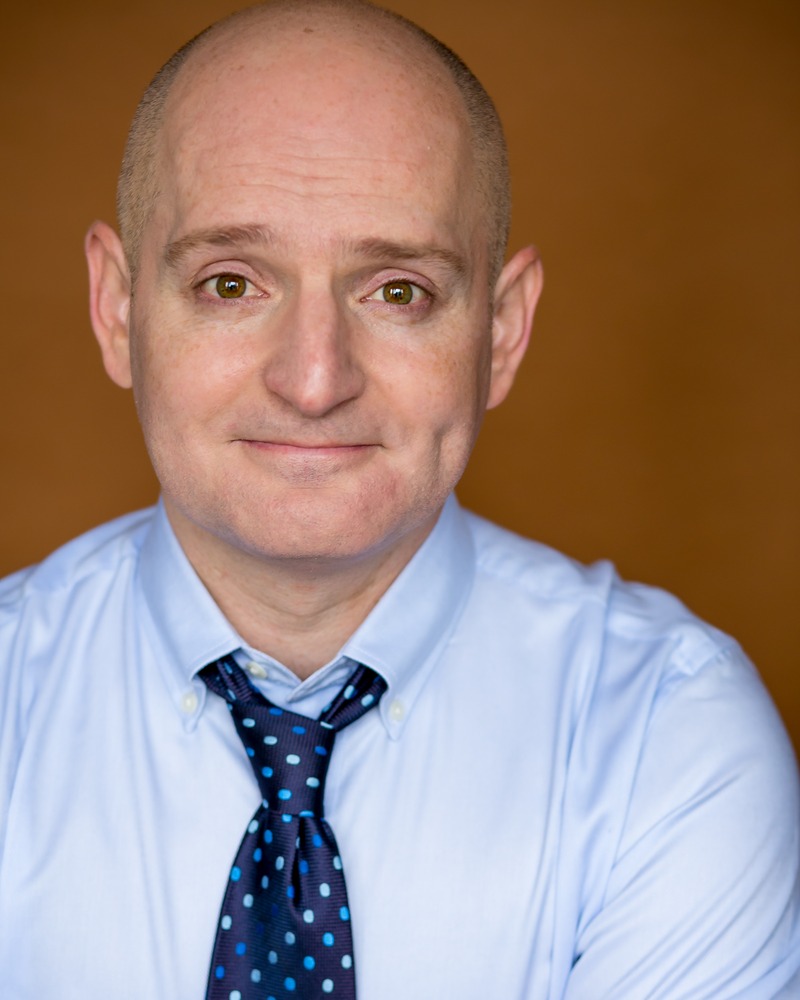By the way, the poll for the next year of review is still taking votes, so make your voice heard. Just glance over to the right.
Today, I watched another nominee from the Best Picture slate of 2002...

.jpg)

The Hours
Director:
Stephen Daldry
Screenplay:
David Hare
(based on the novel by Michael Cunningham)
Starring:
Nicole Kidman, Julianne Moore, Meryl Streep, Stephen Dillane, Miranda Richardson, John C. Reilly, Toni Collette, Ed Harris, Allison Janney, Claire Danes, Jeff Daniels
Academy Awards:
9 nominations
1 win, for Best Actress (Kidman)
If you're in the mood for a pick-me-up, probably best to steer clear of The Hours. It follows one day in the lives of three rather unhappy women. Well, three days, actually - one day for each woman. Virginia Woolf (Kidman) is in England in 1923, depressed as she writes Mrs. Dalloway. Laura Brown (Moore) is in Los Angeles in 1951, depressed as she reads Mrs. Dalloway. Clarissa Vaughan (Streep) is in New York City in 2001, depressed as she behaves like Mrs Dalloway.
Virginia, coping with mental illness, is bored with her suburban existence in Richmond and dreams of moving back to London, but her husband, Leonard (Dillane), won't hear of it, fearful of another suicide attempt. Laura, also unhappy with her marriage to reliable but boring Dan (Reilly), spends the day looking after her young son and trying to quell her suicidal thoughts. Clarissa, preparing for a party for longtime friend Richard (Harris), slowly unravels throughout the day as she begins to question why she bothers doing anything.
The unique narrative technique of The Hours is easily its most conspicuous element and the three stories intertwine with a great deal of thematic parallels - lesbianism, existentialism, eggs. Yes, eggs. You see, not only are the three plots similar - each of the women is desperately unhappy with her mundane duty-bound life - but often, there are complementary images and actions just to drive the point home. We cut from Laura lying on her side to Virginia lying on her side, or from Virginia sighing to Clarissa sighing. And at some point in each story, eggs are cracked into a bowl. While this narrative device could easily come across as spoon-feeding, it is just subtle enough to merely enhance the cohesion of the film.
Undoubtedly, it is easiest to relate to Clarissa's story, possibly because of its contemporary setting. Unlike Virginia and Laura, she has the benefit of living in an era (and a city) where she can be openly gay. Plus, the disillusionment that she shares with the other women is somehow milder in its manifestation, if only due to the fact that she seems not to contemplate suicide as much as they do. And, in a way, Clarissa's lessons are learnt through the struggles and contemplations of the older women.
Any way you look at it, though, The Hours is an emotionally draining picture, a sentiment that would seem to be confirmed by the haunting score, and in lines like, "If it's a choice between Richmond and death, I choose death." Not a glowing advertisement for Richmond.
.jpg)
With such a noteworthy cast, it is unsurprising that there are such noteworthy performances. Of the three female leads, Meryl Streep is the standout. Interestingly, however, she was the only one to miss out as both Julianne Moore and Nicole Kidman received Oscar nominations. Kidman and her prosthetic nose (pictured) took away the Best Actress prize. Ed Harris also garnered a citation for his supporting role as the AIDS sufferer exhausted with living. Miranda Richardson and Claire Danes also shine in their roles, as does English actor Stephen Dillane, who delivers an intensely stirring performance as the frustrated Mr. Woolf. And this marks the third 2002 Best Picture nominee for John C. Reilly - quite an achievement. It is also the third time he has inhabited a character who nobody seems to respect. Poor guy.

.jpg)

.jpg)

.jpg)







